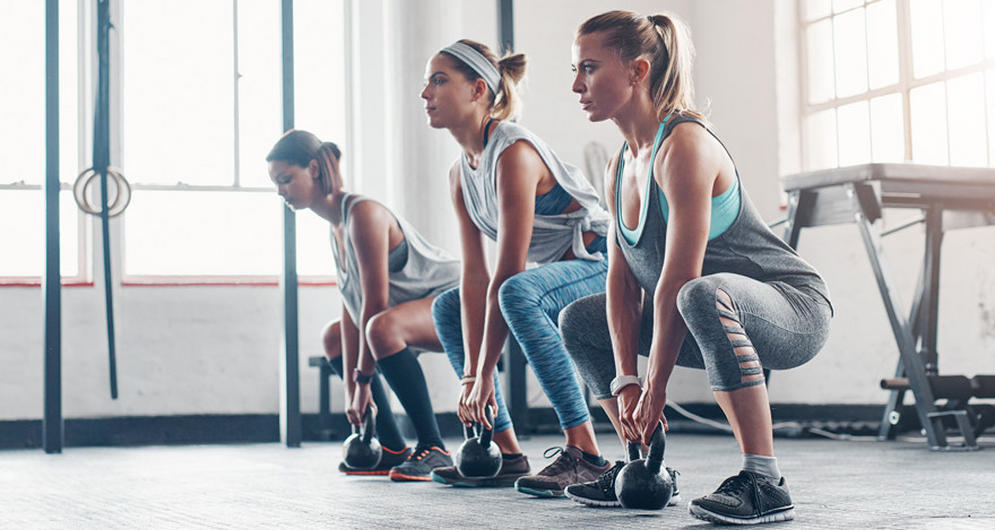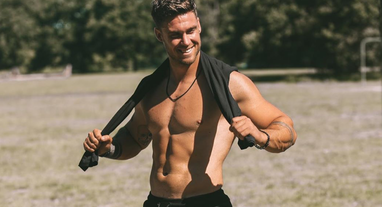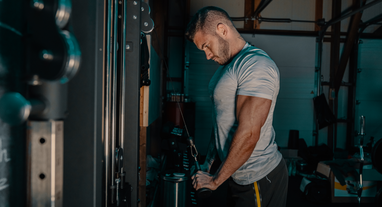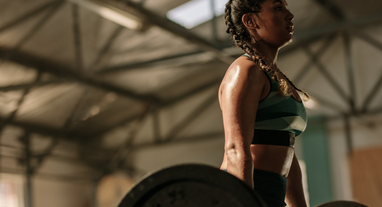5 tips to perfect your squat

The squat is the most dreaded and hated exercise, but also the most important. It is one of the best exercises when it comes to building muscle mass. In this blog we give you 5 tips so that you can make the gains of your life and never fear leg day again!
1. Watch your knees
The movement you make when squatting is comparable to a sitting movement. A common mistake is to make a squat movement with the knees extending far beyond the toes. It is recommended to keep the knees at the same height or slightly further than your toes. To avoid great pressure on your lower back, it is important that you do not force your knees behind your toes and that you do not let the center of gravity (the bar) go past the toes.
2. Point your toes straight forward or slightly out
The position of your feet largely determines in which direction your knees go. Maintain the normal position of the feet. When your knees point inward, there is a lot of pressure on the patella tendon, which can eventually cause nasty injuries. Too far outwards results in a lot of stress in the groin area. This is also not recommended and is a major cause of many unwanted injuries.
3. Squat as deep as possible without forcing
To make a full range of motion, it is important that you squat as deep as possible. When your thigh and lower leg make an angle of at least 90 degrees, you will not only develop strong leg muscles, but also optimal core and back muscles. Deeper than 90 degrees is possible when this is anatomically possible. Do not force this, to prevent injuries.
4. Tighten your abs, butt and back muscles
During the squat you use multiple muscle groups. The leg muscles are the agonists, they are responsible for the movement. The buttock, core and back muscles are the synergists, they support the leg muscles in making the movement. It is important that you contract these muscle groups during the exercise. This ensures a controlled movement and stabilization of the whole body.
5. Watch your breathing
When you descend (eccentric contraction) you inhale and when you come up (concentric contraction) you exhale. Good breathing not only makes you stronger, it also provides extra stabilization during the exercise. When you train with a support belt and you are an experienced athlete, you can choose to block the breathing. You take a deep breath and hold the breath. This causes your abdomen to expand and help stabilize the spine due to the pressure between the belt and abdomen. This prevents the upper body from moving forward or backward unintentionally during heavy loads.
Obviously, a spotter while squatting is invaluable! He can help you make just that one more repetition or can intervene when necessary.




